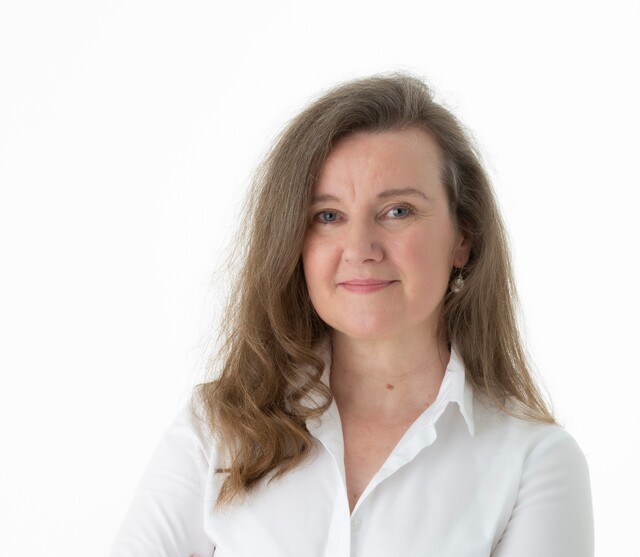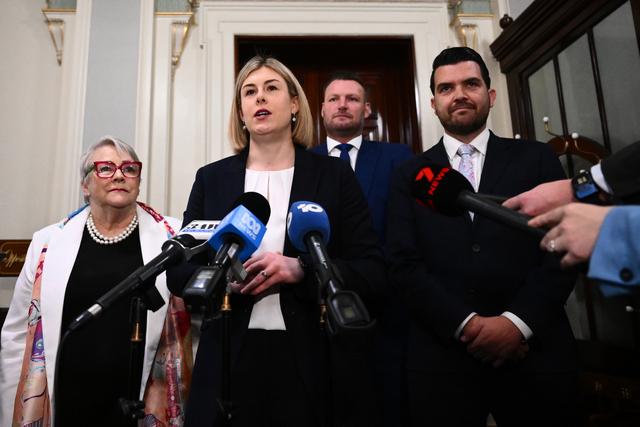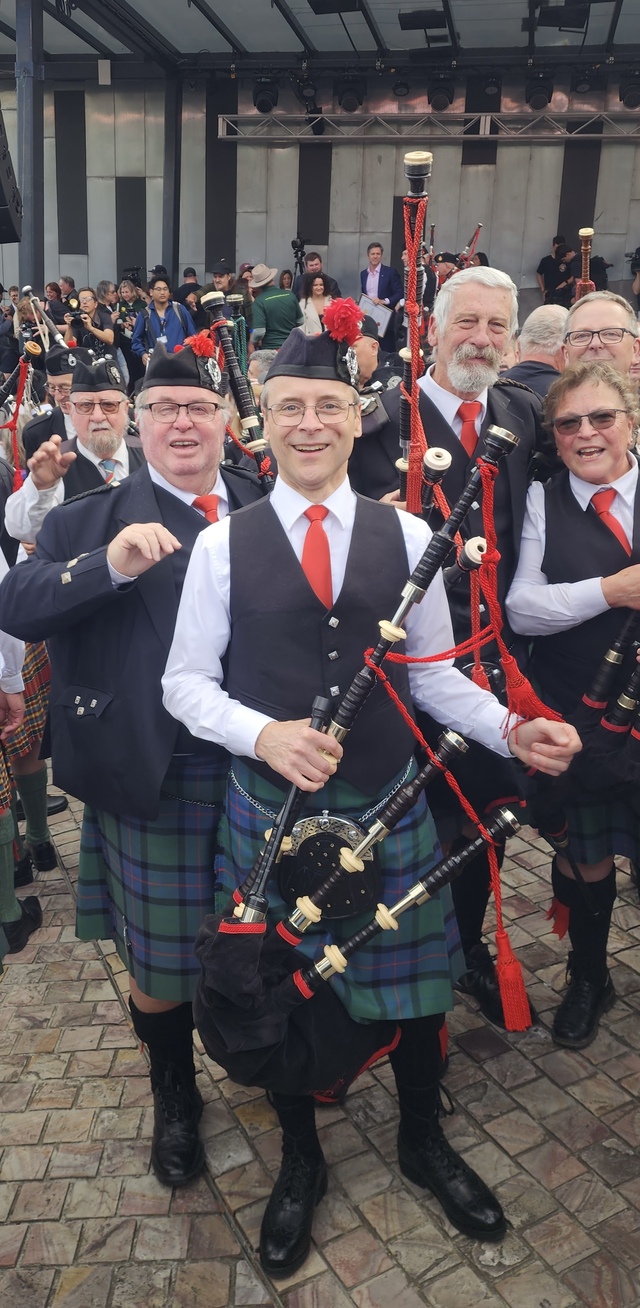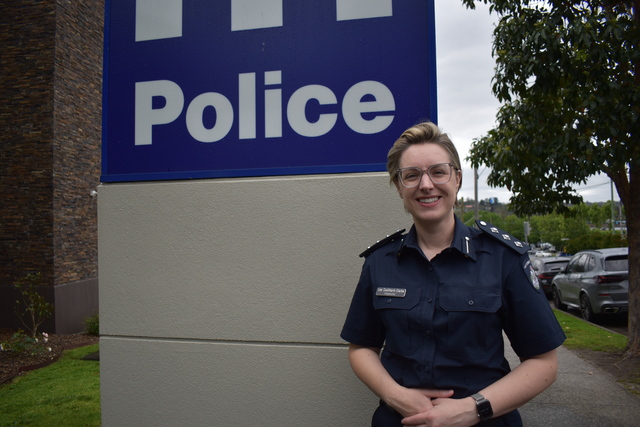By Kath Gannaway
MORE THAN 340 young people and their families got a reality check last week – one that could save young lives.
There were no punches pulled when the Yarra Valley’s emergency services set out to deliver their Teenage Road Information Program setting out exactly what happened to road crash victims and the aftermath from injuries and fatalities, not just for the victims, but on their family, friends and their community.
There is no doubting the irony of the night, which attracted people from as far away as Kinglake, Alexandra and Berwick, as well as from all around the Yarra Valley, being held at Heritage Funeral Homes.
Robbie Heritage said, like the police, ambulance, CFA and SES members in the room, he had seen far too many young lives lost on the roads.
CFA member Robert Mace didn’t pull any punches in providing the dialogue for a hard-hitting PowerPoint presentation.
“Pole one … car nil!
“See the skid marks? That’s one car – that’s the front and that’s the back.”
A video of a young man, 17 or 18, walking like a robot, shaping his words with a slow, determined drawl is put into perspective when a ‘before’ video flashes up of him running and laughing down a beach.
He made the wrong choice; got in a car after a Year 12 party and will spend the rest of his life in and out of hospital.
Permanent brain damage now shapes his life, and his parents’ lives.
“With head or spinal injuries, your life changes,” Mr Mace says.
“No more sport, your social life changes, friends don’t come around any more, you rely totally on your parents and carers.
It’s graphic stuff, but there are no apologies.
Not from CFA officers David Rankin or Don Tomkins who say they are not there to preach, but they are hoping to change a few attitudes.
“Road trauma is not warm and fuzzy,” says Mr Rankin. “Hanging on to someone’s hand while they are dying is not warm and fuzzy.”
There were no warm and fuzzies from Warburton police sergeant Tom Wilkinson, nor from the young man he had brought along to share his flesh and blood experience of what one bad decision could do.
Like many of the young people he was addressing, Daniel van der Hoek was less than three months away from sitting his VCE exams when in September 2005 he ploughed into a truck and, as he put it “sheared off the side of my car and the right-hand side of my body.”
“ … Airlifted, intensive care, road trauma,” he said as photos of an unrecognisable, bruised and battered patient flashed on the screen.
“I had massive injuries – head, jaw, shoulder, the dashboard cut my knee through to the bone, punctured lungs, broken ribs …”
Tears welled as he spoke of the effect on his family, his loss of a dream to become an elite basketballer and the struggle with the concentration he needed to pursue a professional career.
“Because of the brain injury, doing exams you may get 45 good minutes out of me, and I’m useless until I can get focused again,” he says.
He was .051 when he crashed his car after dodging a pothole on a crest of a road near his Wandin home.
He told of the ‘wake-up’ call from police after he got home from rehab and the charges – driving endangering life, dangerous driving and others.
“It felt like just normal behaviour. We knew we shouldn’t be doing it, but thought we’re out in the country and had only had a few beers,” he said.
“There are things you know that are wrong; you think you will never do them, but you do,” he said hoping some of his hard-earned wisdom might rub off.
Sgt Wilkinson’s message was no less chilling.
“There’s no way you can soften the blow … and I’ve had to deliver a few of those messages,” he said.
“There’s no easy way; you walk up and say ‘I’m really, really sorry … your son’s not coming home’, and you see them drop to the ground.”
Mr Mace had delivered the facts.
He said the combination of lack of concentration and lack of common sense was the killer.
Alcohol and drugs, fatigue, over-confidence, peer pressure and distractions all play a role.
“When you’re driving your phone has to be off; it’s the biggest distraction,” Mr Mace says.
Drinking or taking drugs and driving is obvious, but many young people succumb to peer group pressure and become statistics.
“You have the choice to get in a car if someone has been drinking. Don’t.
“Don’t put up with speeding, or encourage it. If you’re in that situation just say slow down, I’m going to puke.
“You make the choices, and you wear the consequences,” he said.
Crash impact
Digital Editions
-
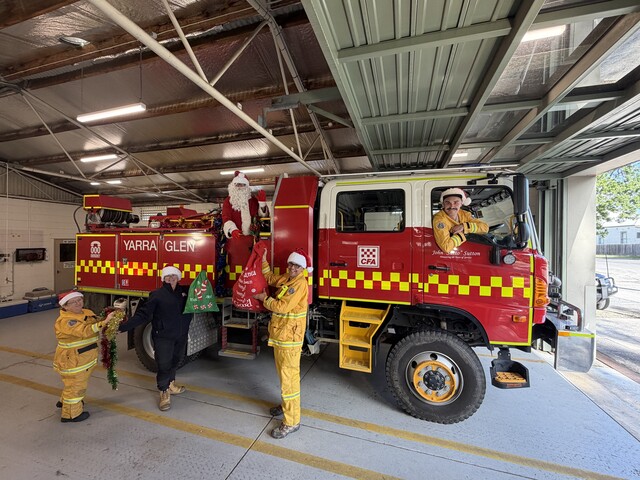
Yarra Glen CFA spreads festive cheer
Mark your calendars! The Yarra Glen CFA is once again preparing for their beloved annual tradition: the Santa Run on Christmas Eve, 24 December. Starting…

